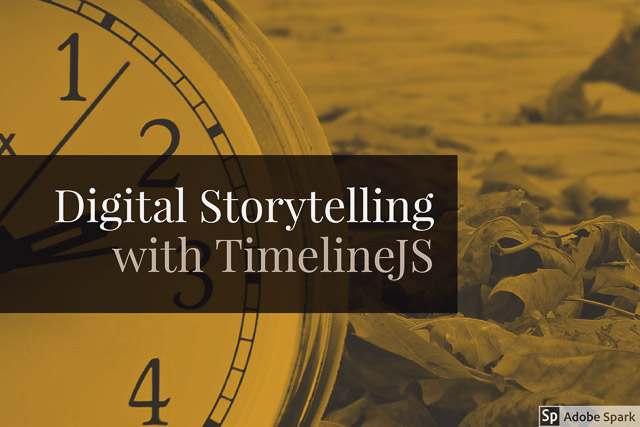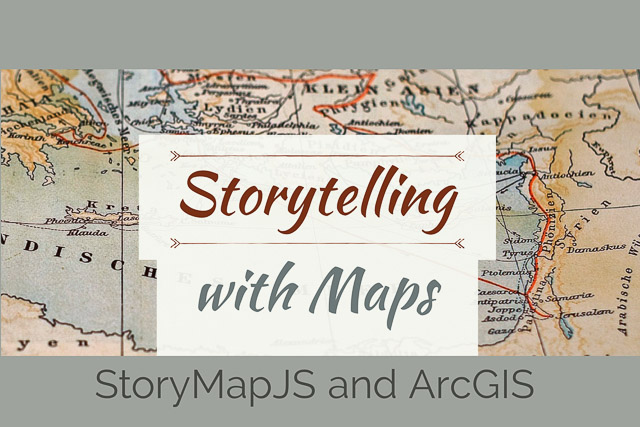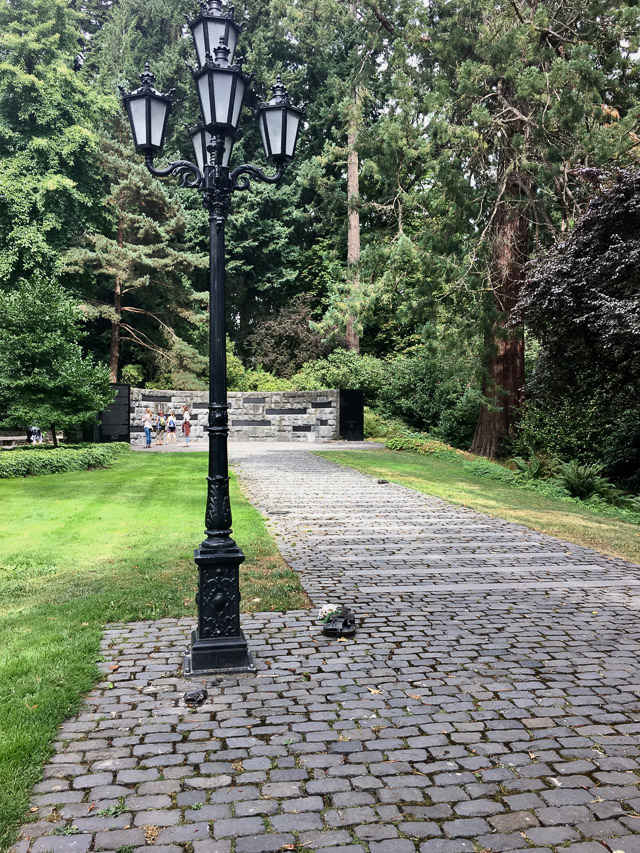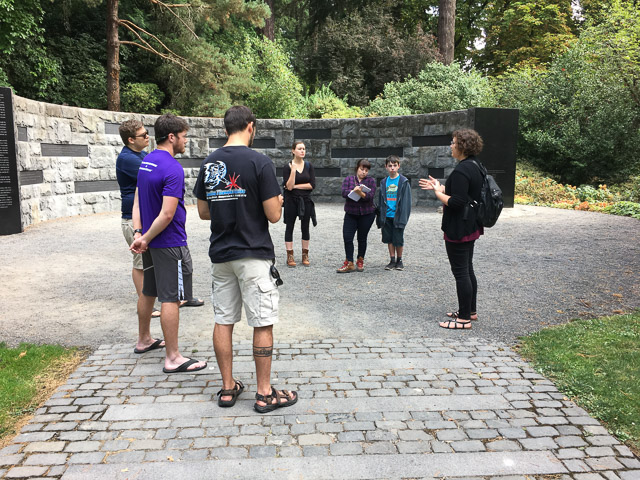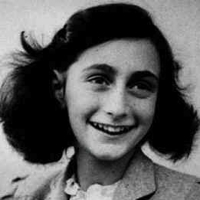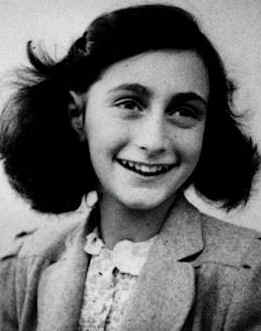
I assigned my preservice teachers at University of Portland the task of using Learnist to design a document based question that would eventually become part of a class-produced DBQ iBook collection. DBQ assignment here. More samples of student-designed DBQs here.
I’ve asked them to reflect on the assignment and invited them to guest post on my blog. Here is Anne Frank: A Timeless Story designed by Erin Deatherage.
You can find Erin at LinkedIn and here’s her posts on our class blog. See Erin’s chapter in our class-designed iBook – free at iTunes
Erin Deatherage reflects on what she learned from the experience:
I designed this DBQ for high school students and chose this topic of Anne Frank because I was curious to see how the diary could be used as a primary source material in place of a piece of literature. It became difficult to find corresponding images for her diary entries that made sense such as, “Fine specimens of humanity, those Germans, and to think I’m actually one of them!” However, adding a historical pillar such as the Kristallnacht helped round out the ideas I was trying to convey. The main reason that I thought Anne Frank would make a great resource for a document-based question series is that she is, decades after her death, relatable. Her story has its place in the legacy hall of fame and will forever stay relevant to children and adults in the world.
I was curious to see how the diary could be used as a primary source in place of a piece of literature.
One of things that I learned while creating this DBQ is making sure the purpose for students is clearly defined. There are times when we teach that bright light shines down from above to us teachers in the middle of a lesson and, suddenly, we get a marvelous idea. Then, there are times that we kick ourselves for not planning or reflecting more before the lesson takes place. Knowing your purpose ahead of time may lead to more marvelous ideas; therefore, more fun and excitement for students while learning.
I am intending for students to be able to use this set of images, concepts, and questions in addition to a Holocaust study or, perhaps, a The Diary of a Young Girl: Anne Frank study. It should be used as a supplement resource to any social studies classroom.
Image credit: Wikipedia
Like this:
Like Loading...
